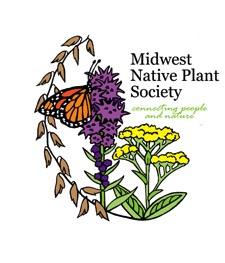Winter Courtship with Trees
Winter is truly a wonderful time to observe and enjoy the beauty that abounds in Nature.
LKSchlaG 2013
Like many, I was grateful to hear the sound of my truck engine turn over and start. To allow for easier passage by foot and vehicle, the driveway was shoveled the day before. With a clear path and working transportation, I ventured to West Woods Nature Center to purchase a copy of the winter tree identification booklet Winter Tree Finder. I am looking forward to the Winter Tree ID program this Saturday that will be taught by Judy Barnhart, a naturalist with the Geauga Park District and the vice president of our Native Plant Society.
I enjoy the winter season: the crispness in the air, the quality of light, and the snow coverage upon the landscape. During the times when the seasonal floral, foliage, and autumn color displays command attention, other characteristic features of a tree, like the color, texture, and pattern diversity of its bark, may go unnoticed. However, during the winter season when deciduous trees are bare of flowers and leaves, this is an ideal time for appreciating the beauty of bark and learning about the other unique identifying features of trees.
Easily learned through close examination of tree twigs and usage of a description key, a few of these other unique identifying features are:
leaf scars;
bundle scars;
terminal bud, if present;
bud scales; and
lenticels
For a person trying to identify trees in winter, bark characteristics and structural features of twigs are useful and practical clues. If fruit is present, either clinging to branches or found nearby upon the ground, this provides still further information that enhances the identification process. By learning the bark characteristics, twig features, and fruit type of a tree, becoming acquainted with using a key, and with practice in the field, one's observational skills, tree identification skills, and overall enjoyment of nature during winter and throughout the other seasons will be enhanced.
In addition to the booklet, Winter Tree Finder written by May Theilgaard Watts and Tom Watts that is being used for the class program, two further suggestions for keys are:
Fruit Key & Twig Key to Trees & Shrubs written by William M. Harlow, PH.D.
Trees of the Eastern and Central United States and Canada written by William M. Harlow, PH.D.








